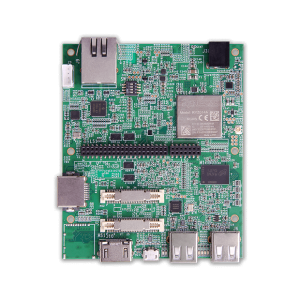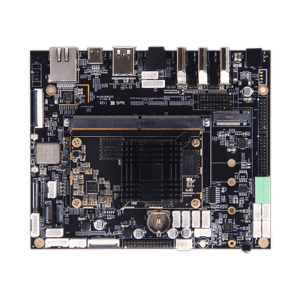System on Element vs. Single Table Computer: Critical Variations Explained
System on Element vs. Single Table Computer: Critical Variations Explained
Blog Article
Benefits of Process on Element for High-Performance Applications
Having a new product often involves prolonged timelines, elaborate types, and substantial resource investment. For organizations seeking to speed up this process while sustaining top quality requirements, a system on module manufacturers gift ideas an progressive solution. This compact element not just simplifies the development method but in addition helps accelerate product growth cycles without limiting functionality or reliability.

SoM: A Developing Block for Efficient Product Development
A Process on Component (SoM) is just a complete computing component that encapsulates all of the parts required to run a certain application. It always consists of a model, memory, storage, and other necessary peripherals such as for example connection possibilities and conversation interfaces. The main element advantageous asset of an SoM is their lightweight measurement, which makes it easy to include into any solution design.
Streamlining Solution Progress with SoMs
Traditionally, developing a new service involves developing and developing every aspect from scratch. This method may be time-consuming and resource-intensive, specifically for complicated products.
What is a Program on Module
A Process on Component, usually abbreviated as single board computer manufacturer, is really a lightweight, integrated signal that comes pre-loaded with essential components just like a microprocessor, memory, energy administration, and sometimes even connection options. Think of it as a pre-built base for the item, allowing designers to target on unique functionalities without reinventing the wheel.
Why System on Component Advantages Item Development
Here are a few ways a Program on Module significantly boosts the item growth process.
Simplifies the Style Process
Creating a custom panel from damage involves time-consuming projects like selecting parts, developing the signal, and screening hardware. By establishing different primary functionalities, an SoM simplifies this process. Designers can concentrate on designing the initial facets of their product in place of worrying all about low-level electronics complexities.
An example worth considering is in IoT devices. In place of developing every element, developers can use an SoM to include critical IoT operates easily, decreasing the overall time and energy to market.
Reduces Risk
Custom electronics design inherently holds dangers of mistakes and delays. Debugging and ensuring portion compatibility may pull timelines. An off-the-shelf Program on Component is pre-tested for efficiency and stability, reducing odds of errors and ensuring a reliable foundation. Designers may confidently build upon that without fretting about the basics.
Reduces Costs
While transparent expenses of an SoM might seem more than some parts, it fundamentally saves time and source allocation, lowering costs in the extended run. Also, the accessibility to widely-used segments guarantees scalability without requiring regular redesigns.
Speeds Up Prototyping

Rapid prototyping is needed for businesses seeking to iterate easily and fit industry demands. An SoM permits faster prototyping by giving a ready-to-use foundation. Clubs may rapidly build a model, check functionality, and produce changes without looking forward to considerable hardware style cycles.
Eases Maintenance
System on Segments are designed to present long-term help, which assures compatibility around time. Improvements or changes to the component do not require a complete upgrade, further accelerating future solution iterations.
Empowering Faster Innovation
Adopting a System on Component may revolutionize how goods are developed. By reducing design difficulties, reducing risks, and allowing scalability, businesses can deliver modern alternatives more efficiently. For industries where time to advertise is just a critical metric for achievement, developing an SoM in to the development process is really a game-changing strategy. Report this page